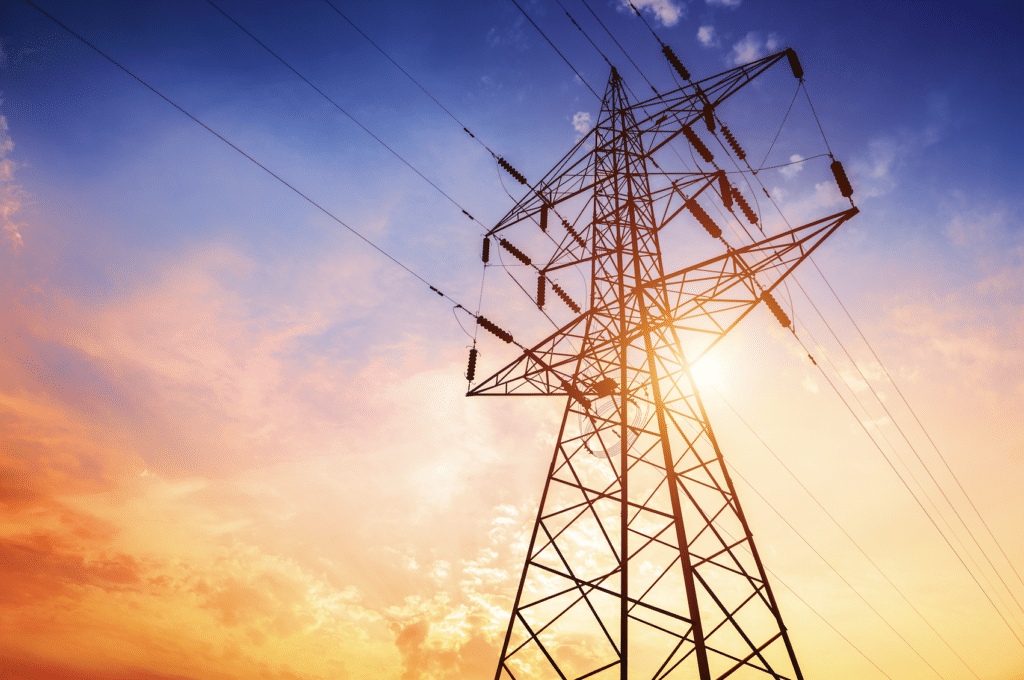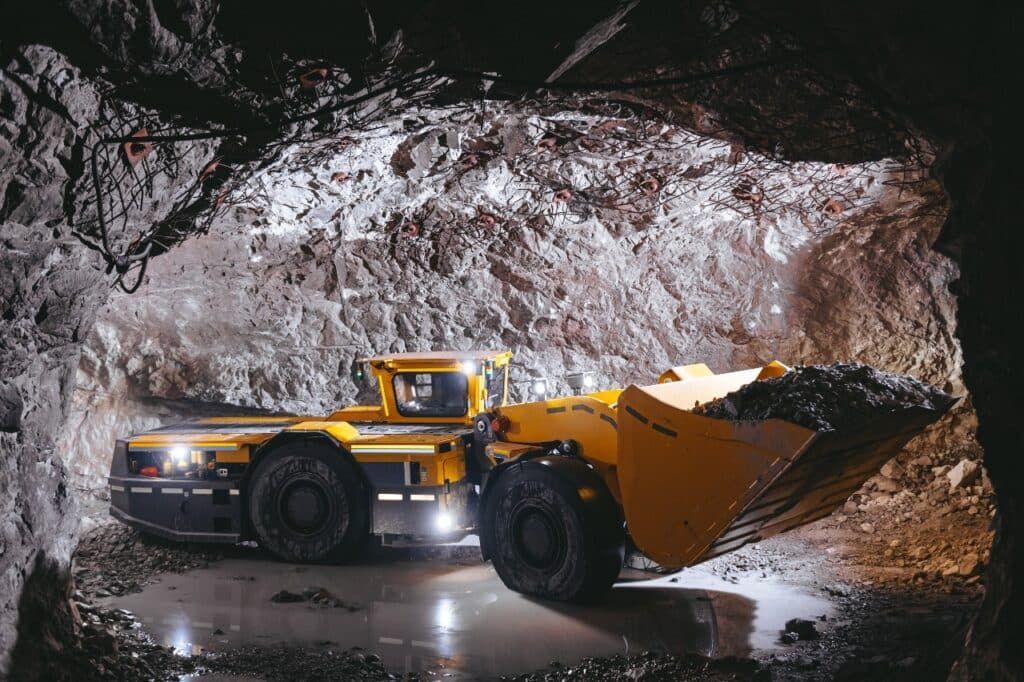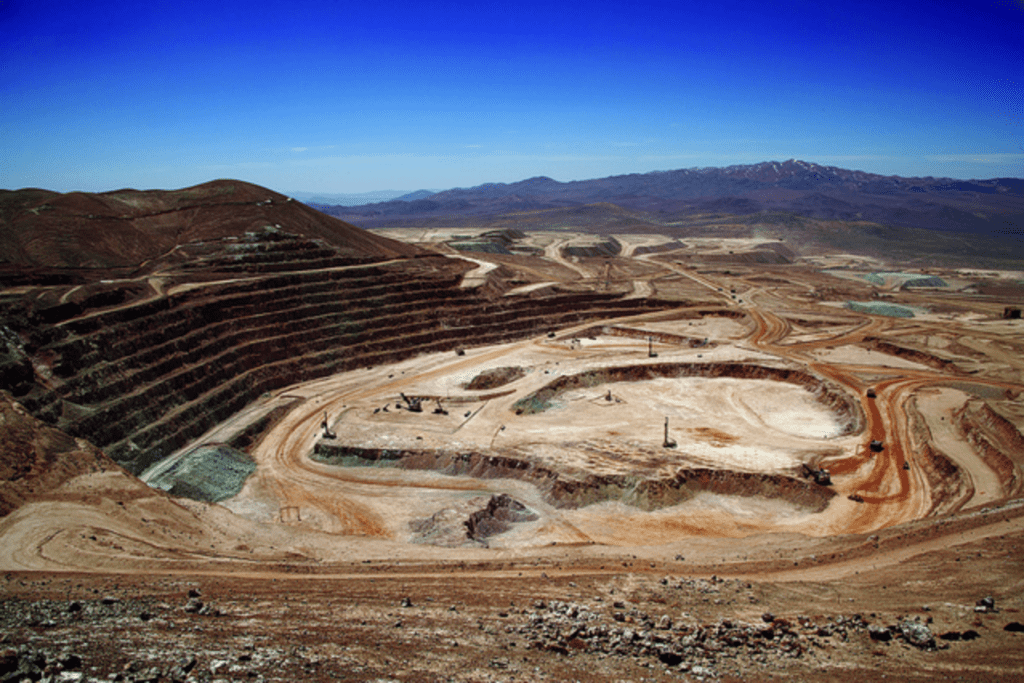Ioneer partners with EcoPro to develop lithium clays from Rhyolite Ridge project
Critical minerals developer Ioneer (ASX: INR) has signed a binding research and development agreement with Korea’s EcoPro Innovation Co to test and develop lithium clays at the Rhyolite Ridge lithium-boron project in rural Nevada.
The agreement provides an opportunity for Ioneer to accelerate technical activities at Rhyolite Ridge and consider commercialisation options for the 1 million tonne lithium carbonate equivalent (LCE) clay resource within the soon-to-be-permitted project.
Under the terms, EcoPro will fund and build a commercial-scale lithium hydroxide refining plant to develop lithium clay supplied from Rhyolite Ridge.
Ioneer will supply the raw material at no cost to EcoPro and the profits from refining would be shared equally between the partners.
The partners aim to develop a process to commercialise refined lithium materials for the electric vehicle battery supply chain in the US.
Keen on partnership
Ioneer executive chairman James Calaway said the company was keen to build on its partnership with EcoPro.
“This partnership provides us with additional financial flexibility to focus on delivering EcoPro’s core investment at Rhyolite Ridge as well as develop growth opportunities,” he said.
“We look forward to accelerating development of another layer of Rhyolite Ridge mineralisation… the ultimate goal is to increase the supply of refined lithium materials into the US and create hundreds of good-paying jobs in Nevada and beyond.”
Stage 1 production
Stage 1 of Rhyolite Ridge focuses on searlesite (high lithium-high boron) mineralisation while the lithium clay mineralisation will be extracted and set aside.
It will see Ioneer produce approximately 20,600 tonnes of lithium carbonate alongside approximately 174,400 tonnes of boric acid per year during the mine’s 26-year life.
Any production from activities contemplated by the new agreement would be incremental.
Review process
Stage 1 is currently in the final phase of the US federal review process.
Once in operation, it is expected to quadruple the current US supply of lithium and help rebalance the global production of boric acid.
Construction at Rhyolite Ridge will be funded from a combination of conditional commitments of approximately $770 million in equity from joint venture partner Sibanye-Stillwater and a $1.1 billion loan from the US Department of Energy’s Loan Programs Office.
Work is expected to start next year with first lithium production targeted for 2026.
Source: https://smallcaps.com.au/ioneer-partners-ecopro-develop-lithium-clays-rhyolite-ridge-project/




